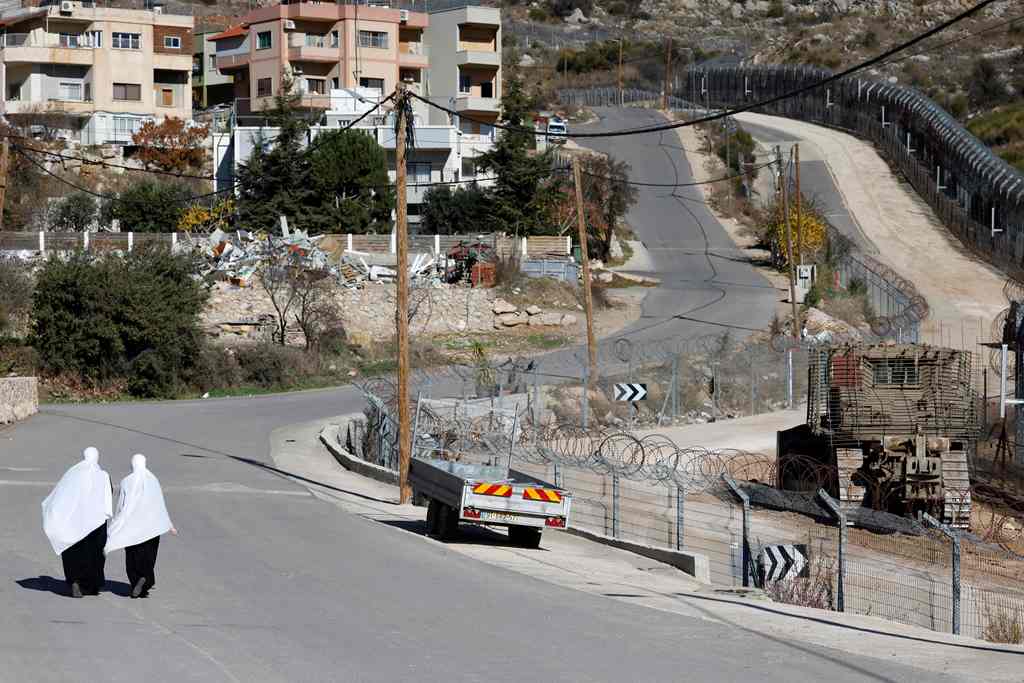The three-day Islamic Eid celebration holds several traditions that date back to the prophet’s time.
The first hours of Eid Al-Adha or Eid Al Fitr are always filled with celebrations and excitement in every Muslim household. Both annual festivities mark a time of family gatherings, feasts and centuries old traditions designed to create joy for the occasion.
Streets and windows are decorated with colourful lights and decorations, warm greetings, phone calls and home visits are witnessed across the country, most importantly for children, the ‘Eidiyah’ is a staple part of the festivities.
Eidiyah, or Eidi, is money given to children as gifts instead of presents to mark the occasions. It is typically distributed to the younger members of the family after the morning Eid prayer when kids gather around elders to receive their bills. This gives them the independence and choice to decide what to buy as a gift for themselves.
The popular Ediyah tradition has been handed down through centuries from older generations and is still widely practised today.
Read also: Here’s where you can attend Eid Al Fitr prayers this week
It is believed that the tradition can be dated to the old Middle Ages when Fatimid caliphs used to distribute money, sweets, or clothes to young and old citizens on the first day of Eid. Consequently, by the end of the Ottoman period, this had evolved to refer to the cash given to children by their parents and older relatives.
But the act of giving goes even further back to the time of the Prophet Muhammad who was known to offer gifts during Eid.
In an Islamic Hadith [narration] narrated by his wife Aisha, the Prophet said: “Exchange presents with one another, for they remove ill feelings from the hearts”.
Though the custom is not universal, it is prominent in many Muslim cultures around the world. Many families also use it as a “reward” for kids who successfully complete the months-long fasting month of Ramadan. Others give it out as a token of love and appreciation to young family members during the celebration.
Some, however, have taken this a little further, using the Eidiyah as a financial lesson for children in modern times.
“I always explain to my kids the value of money and what it means to save and spend. I find Eidiyah to be the perfect way for me to teach my children how to save money and feel responsible for it, while also putting a smile on their faces,” mother-of-three Al Anoud told Doha News.
“Sometimes I ask them if they want me to save it for them, and sometimes I tell them to make a list of the things they think is worth spending the money on. This way, they get to learn how to use it and how to save for the things they want. I also explain Zakat to them as they get older so they can learn compassion,” she added, referring to charity donations.
In Qatar, residents traditionally give Eidiyah to children in their families and even extend this love to kids from their neighbourhood. Distributing money or even goodie bags has become a common sight during Eid prayer on the morning of Eid.
While this is predominantly limited to children some other Arab cultures, extend the Eidiyah tradition to female members of the family, including sisters, mothers, wives and even sister-in-laws.
Do you still take part in the tradition? Let us know in the comments below!
Follow Doha News on Twitter, Instagram, Facebook and Youtube







